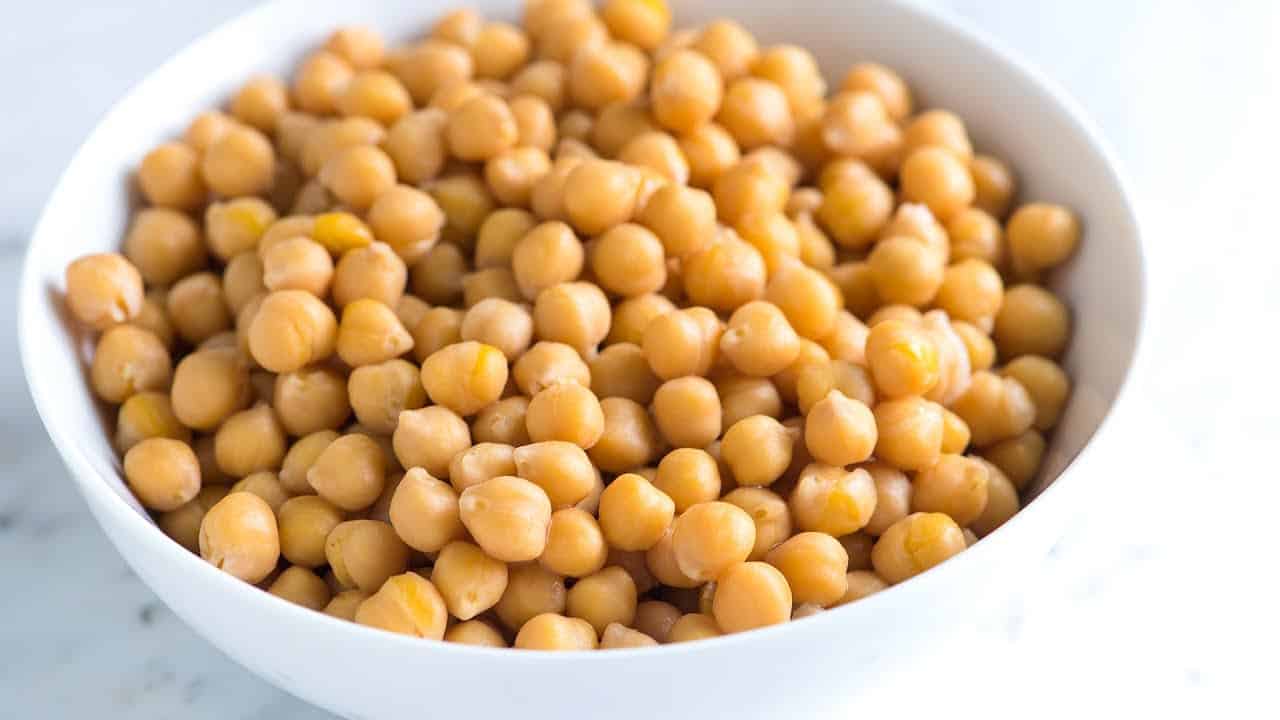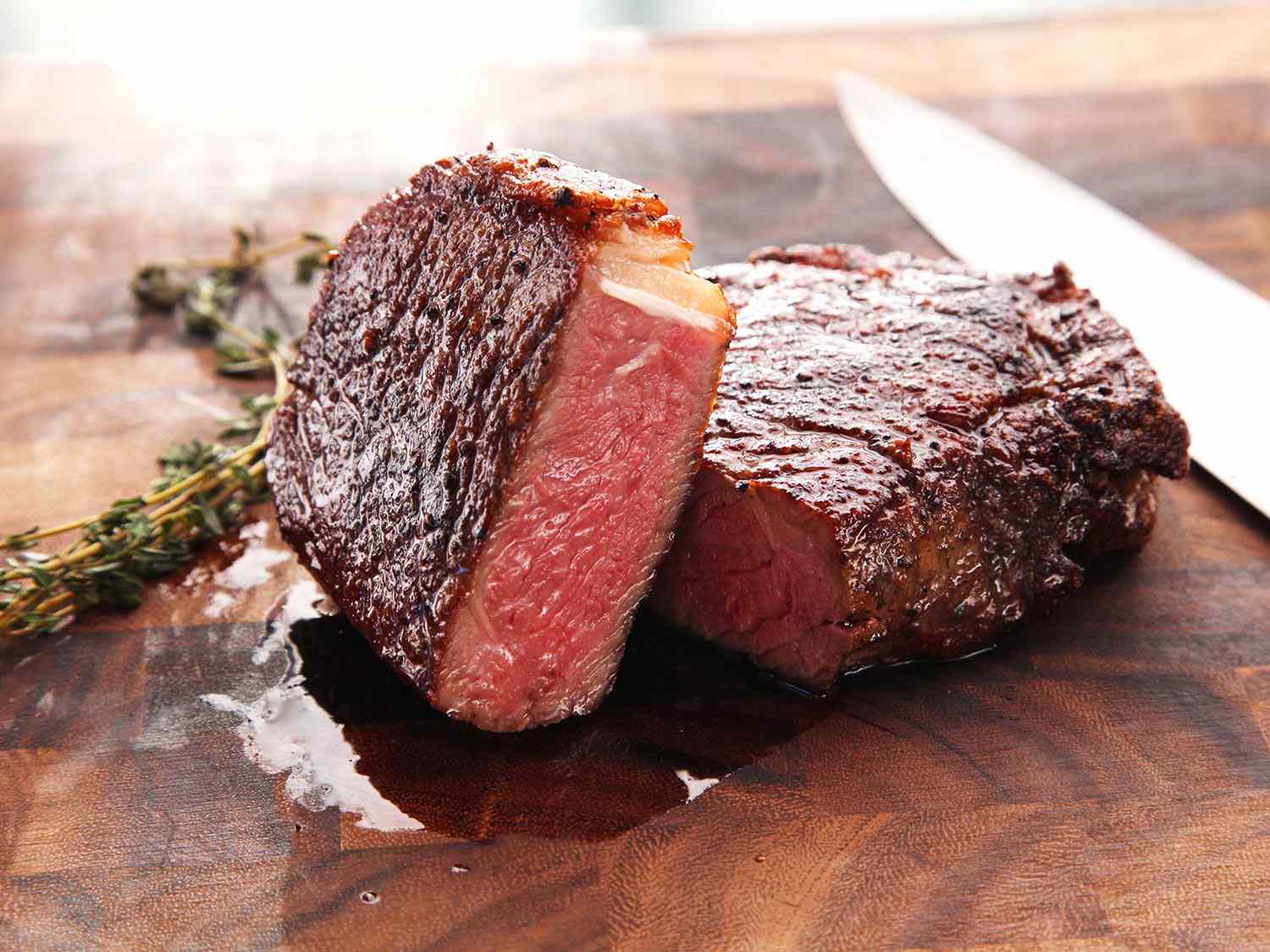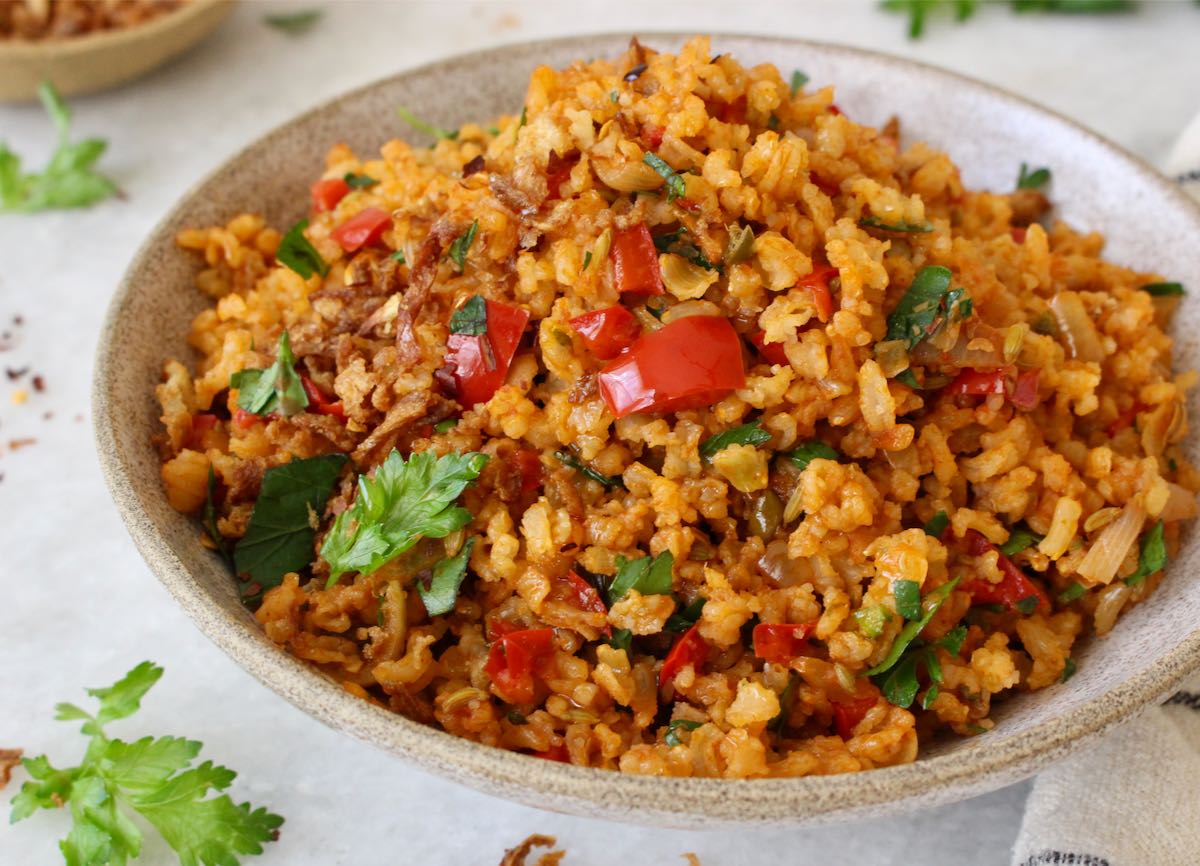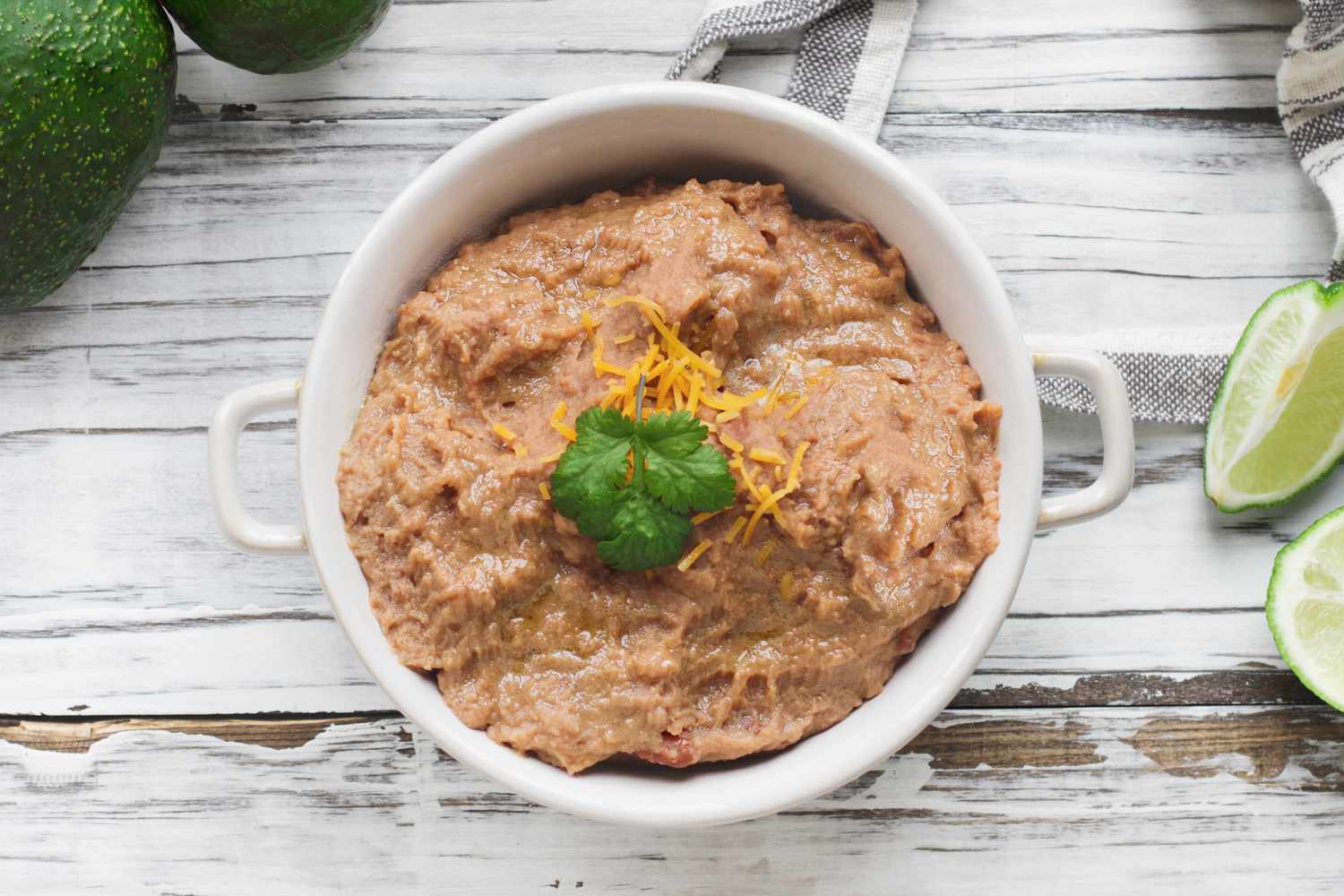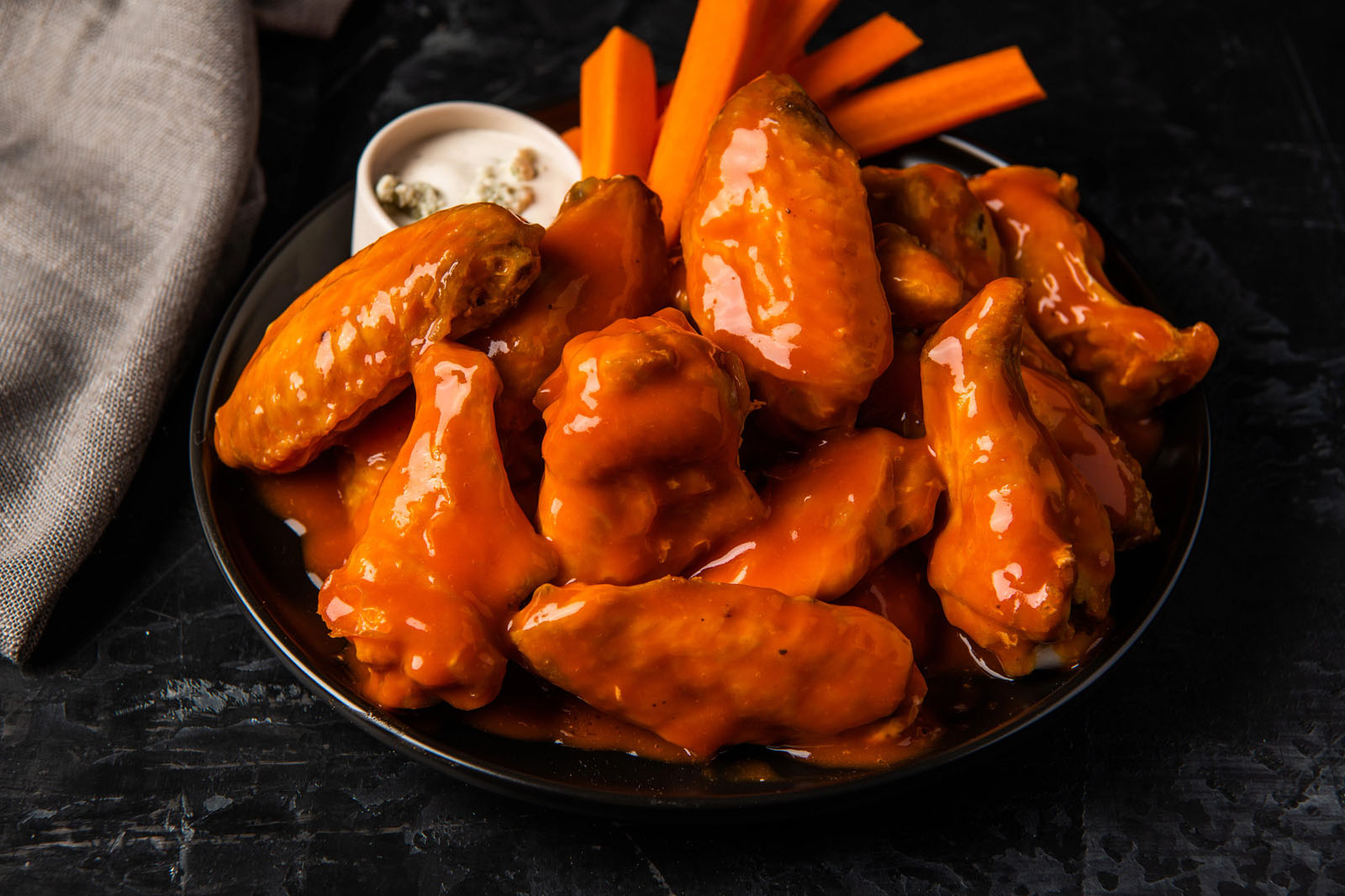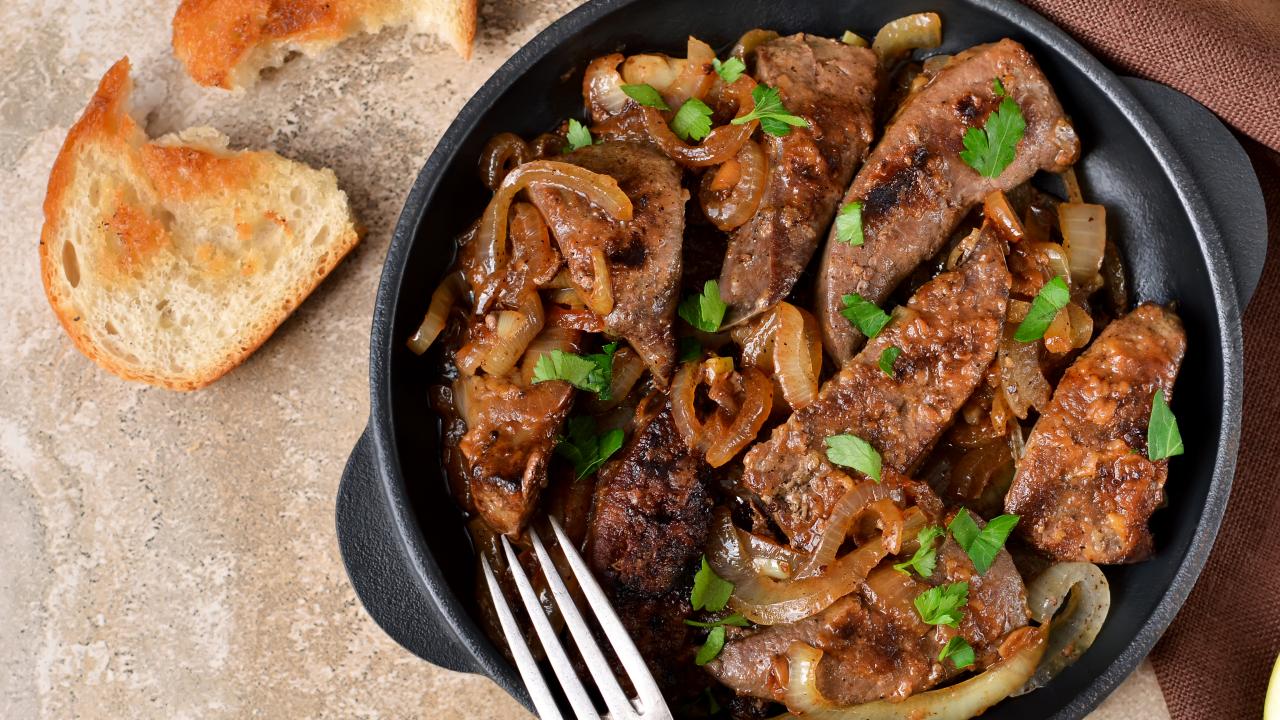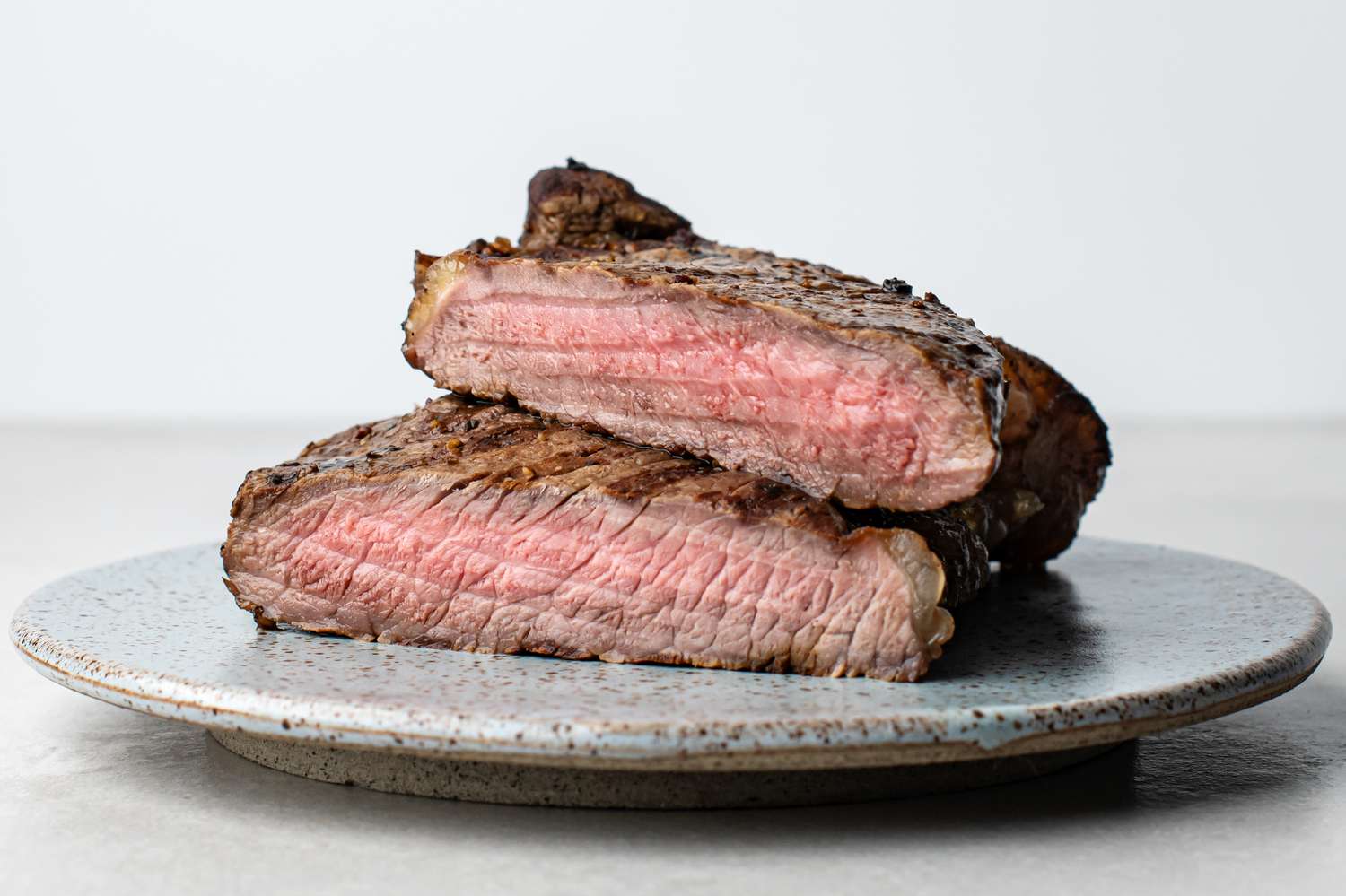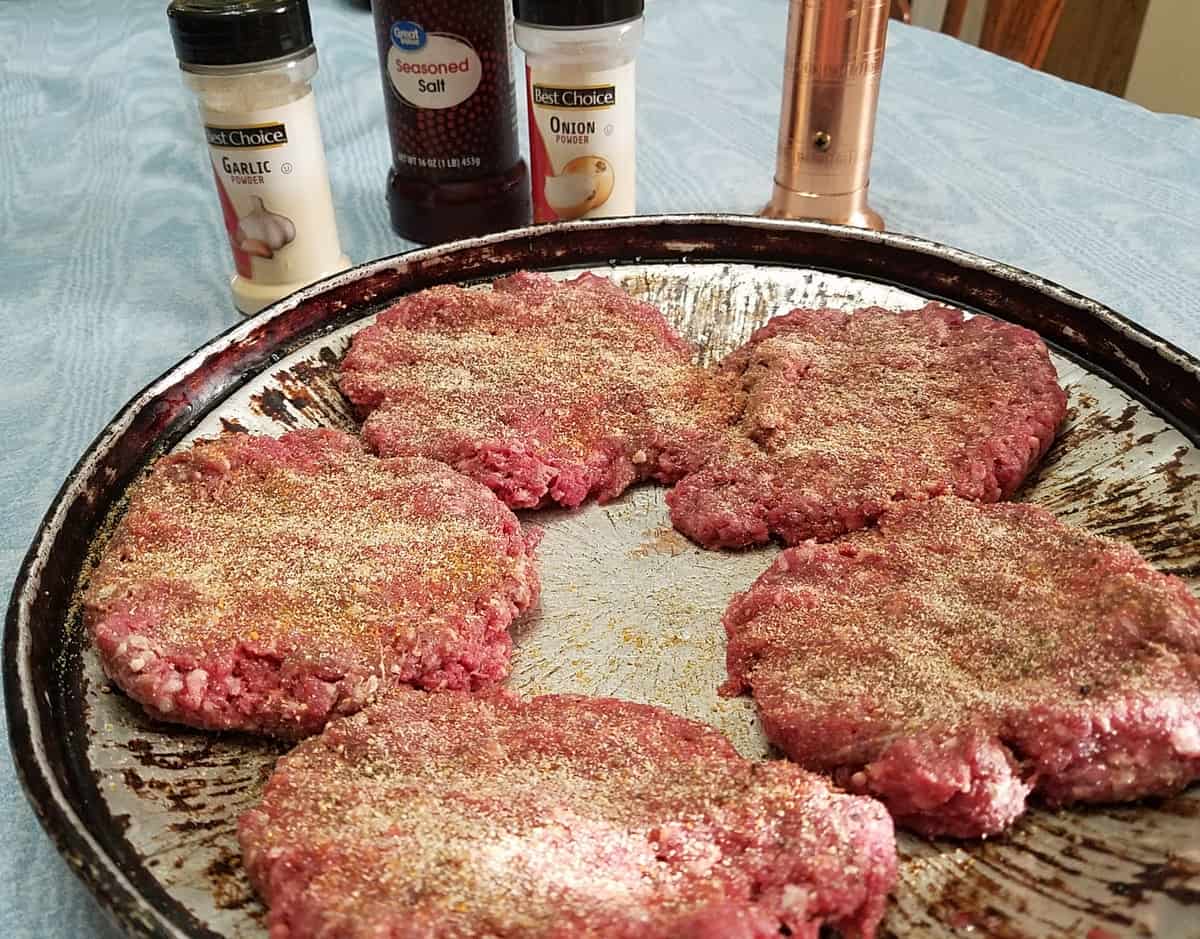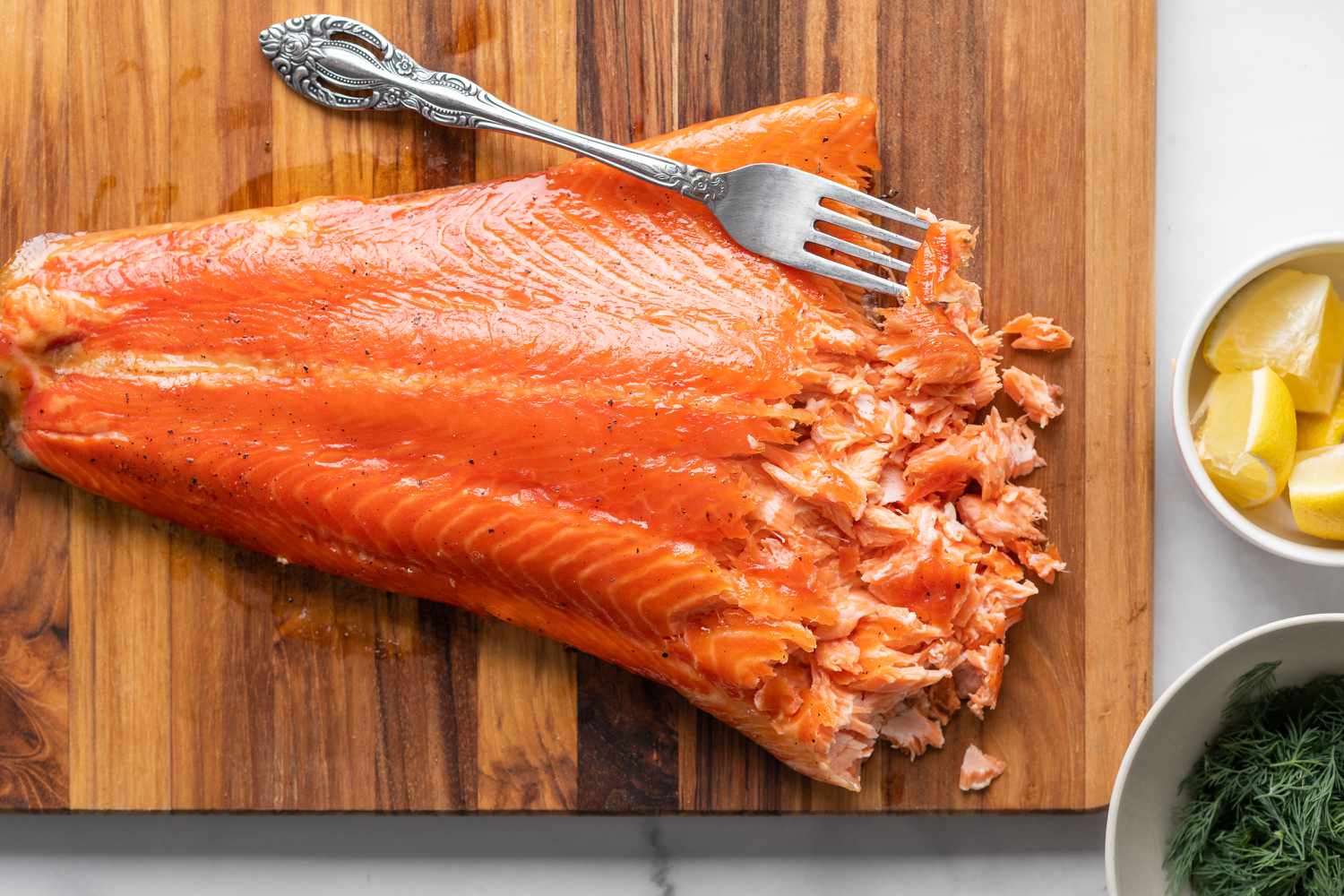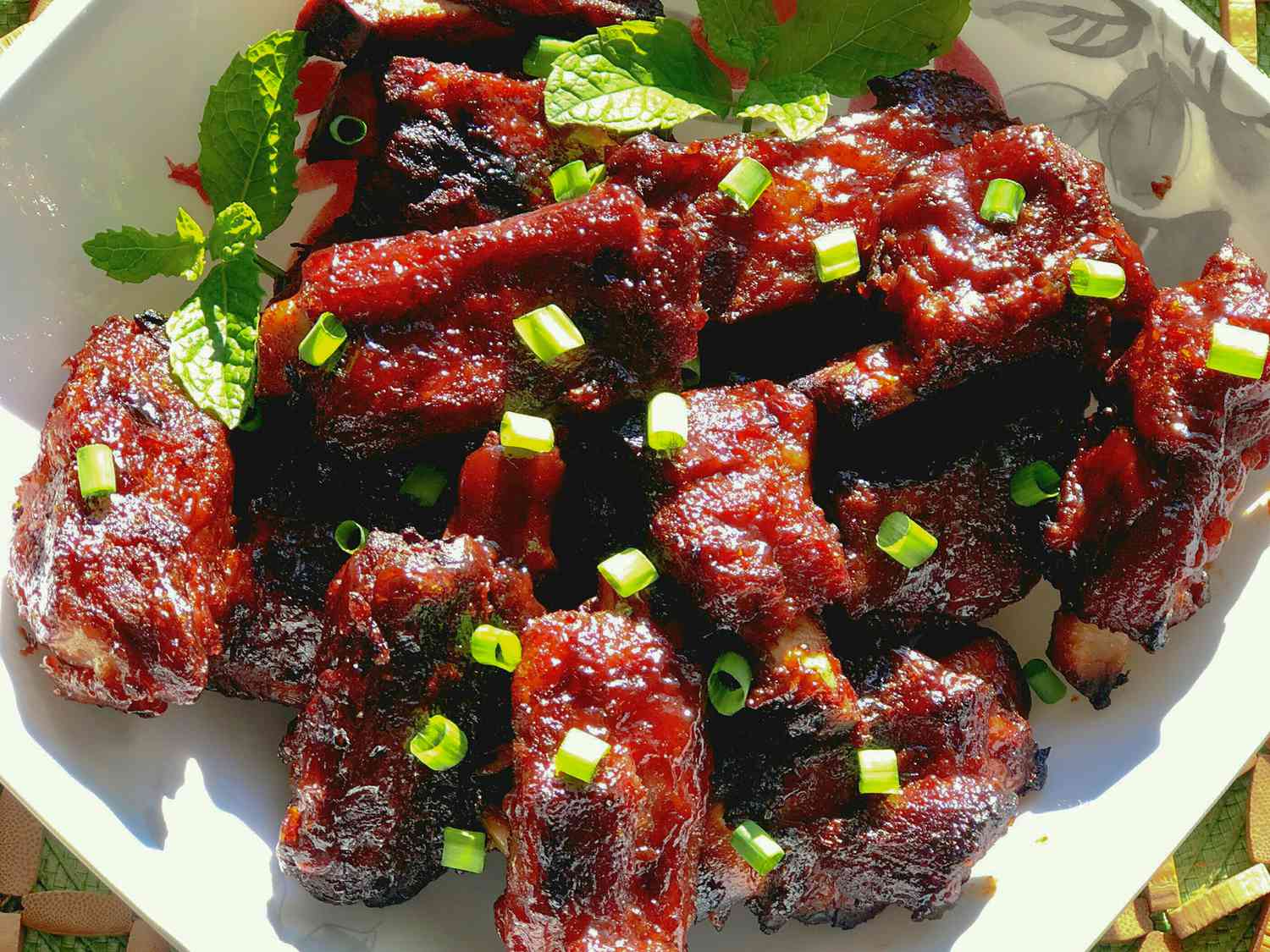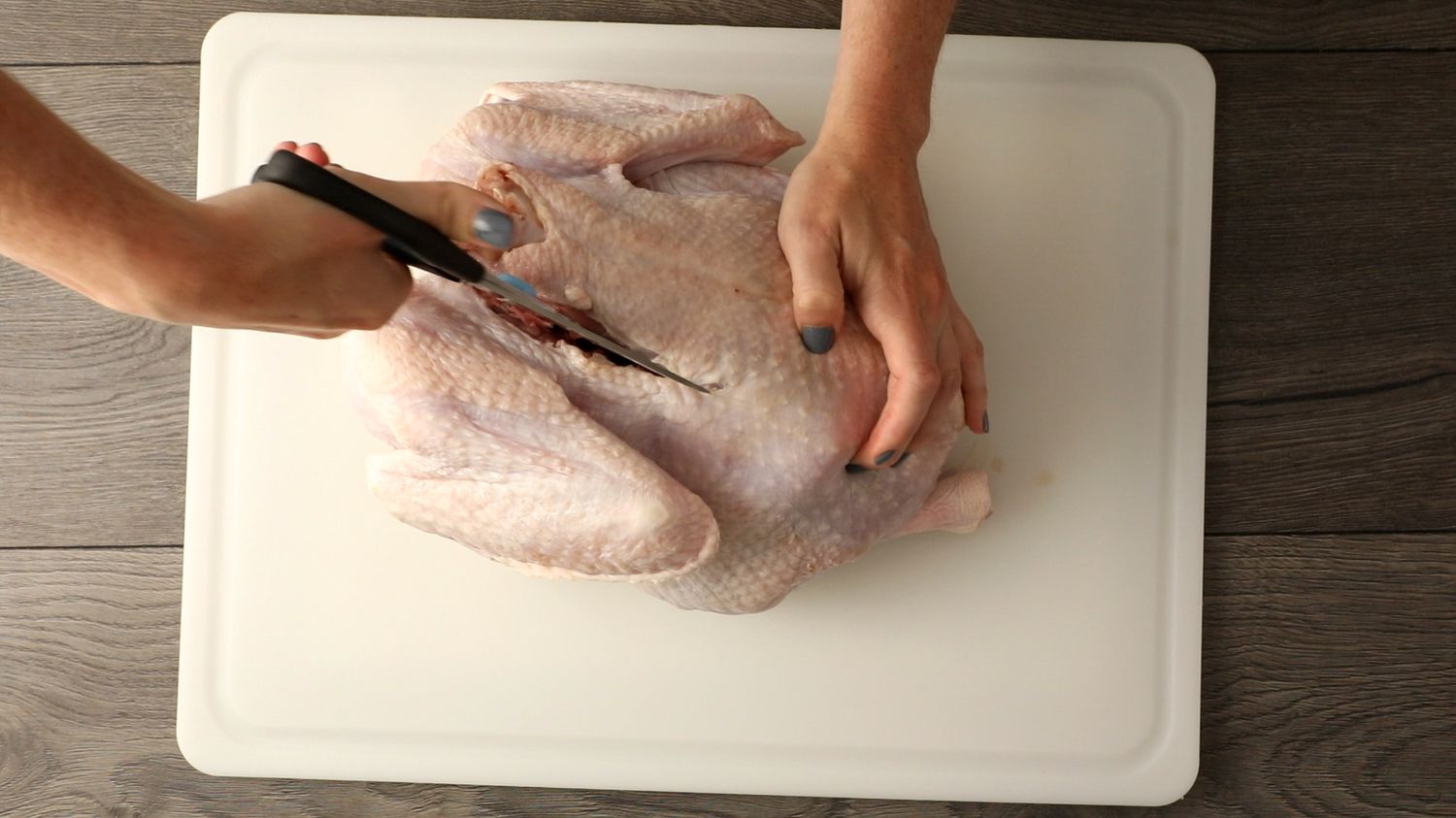How To Cook Hibachi Noodles On A Griddle
Are you craving a delicious plate of hibachi noodles but don’t have access to a traditional hibachi grill? No worries! With a griddle and a few simple ingredients, you can recreate the flavors and experience of hibachi noodles right in your own kitchen. In this article, we will show you step-by-step how to cook hibachi noodles on a griddle.
Ingredients:
- 1 package of hibachi noodles
- 2 tablespoons of vegetable oil
- 1 cup of sliced mixed vegetables (carrots, bell peppers, onions, etc.)
- 2 cloves of garlic, minced
- 2 tablespoons of soy sauce
- 1 tablespoon of oyster sauce
- 1 tablespoon of sesame oil
- 1 teaspoon of sugar
- Salt and pepper to taste
Instructions:
- Heat the griddle over medium-high heat and add the vegetable oil.
- Add the sliced vegetables and minced garlic to the griddle. Cook until the vegetables are tender-crisp, about 3-4 minutes.
- Push the vegetables to one side of the griddle and add the hibachi noodles to the other side. Stir-fry the noodles for 2-3 minutes to warm them up.
- Combine the soy sauce, oyster sauce, sesame oil, and sugar in a small bowl. Pour the sauce over the noodles and vegetables on the griddle.
- Toss everything together using tongs or a spatula until the noodles and vegetables are well-coated with the sauce.
- Continue cooking for another 2-3 minutes, stirring occasionally, until the noodles are heated through and slightly charred.
- Season with salt and pepper to taste. Serve hot and enjoy your homemade hibachi noodles!
Now that you know how to cook hibachi noodles on a griddle, you can satisfy your cravings whenever they strike. Whether it’s for a quick lunch or a delicious dinner, these flavorful noodles will surely impress your taste buds. Get creative and customize the recipe by adding protein such as shrimp, chicken, or tofu to elevate the dish even further.
So, don’t let the lack of a hibachi grill stop you from enjoying the flavors of hibachi cuisine. Grab your griddle, gather your ingredients, and get ready to cook up a tasty batch of hibachi noodles that will rival any restaurant’s version. Follow our easy steps, and soon you’ll be enjoying a satisfying and delicious meal in the comfort of your own home!
Was this page helpful?
Read Next: How To Cook Dry Egg Noodles
